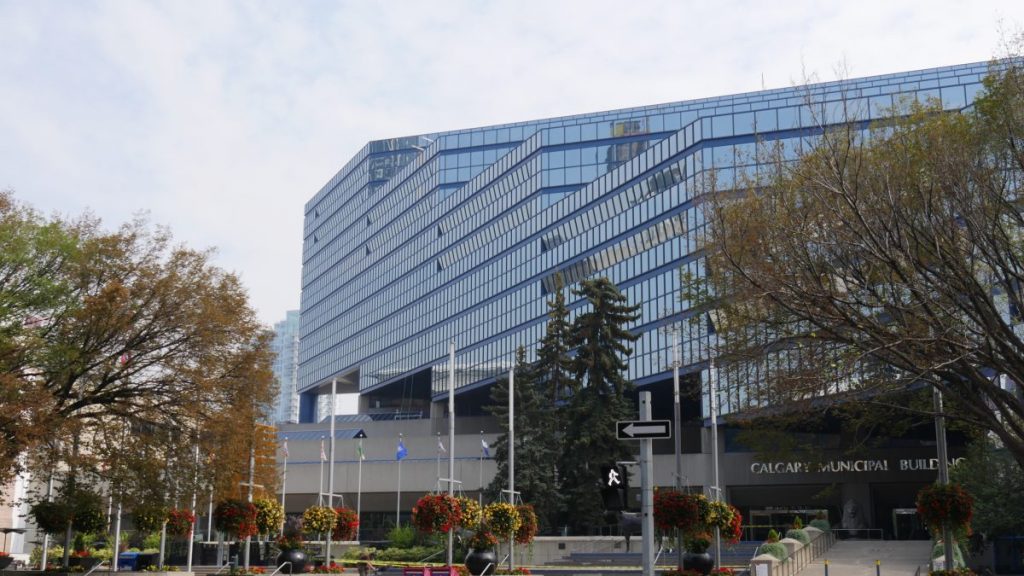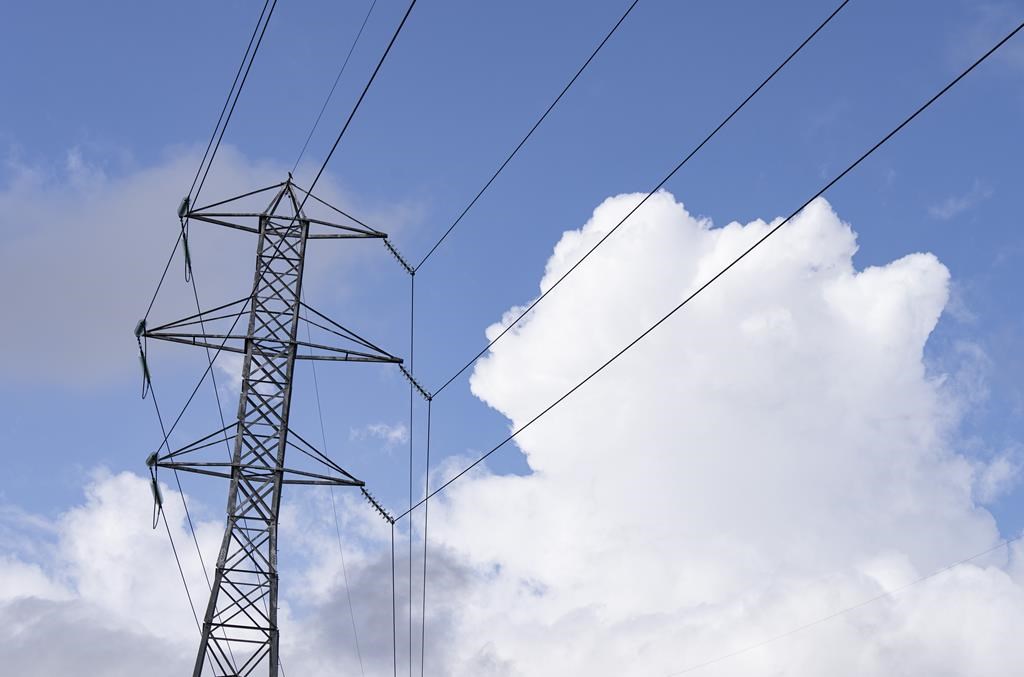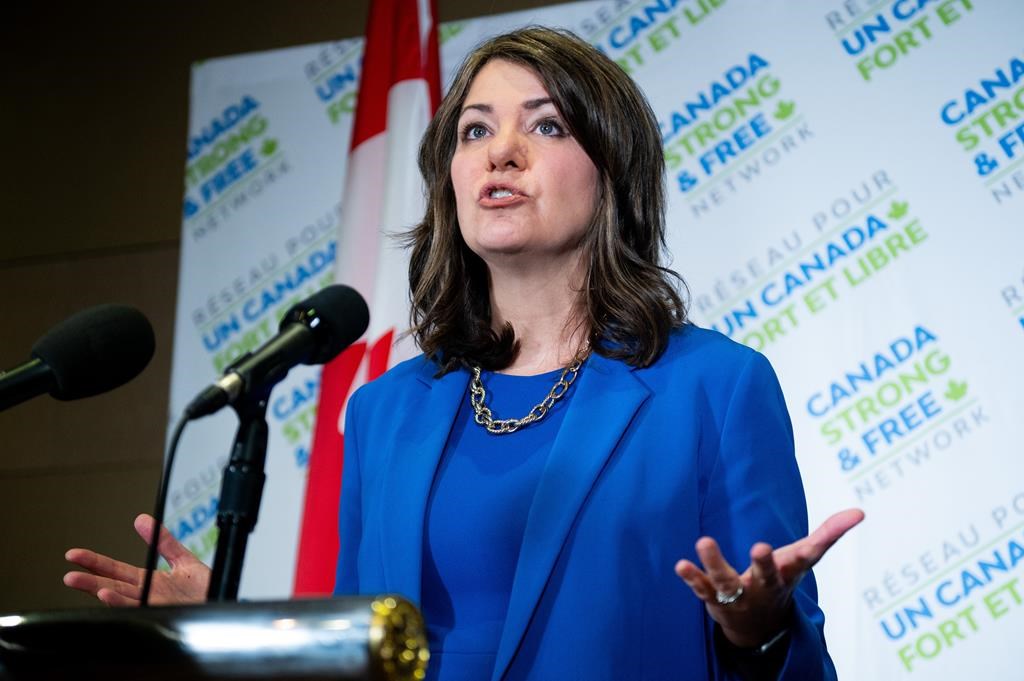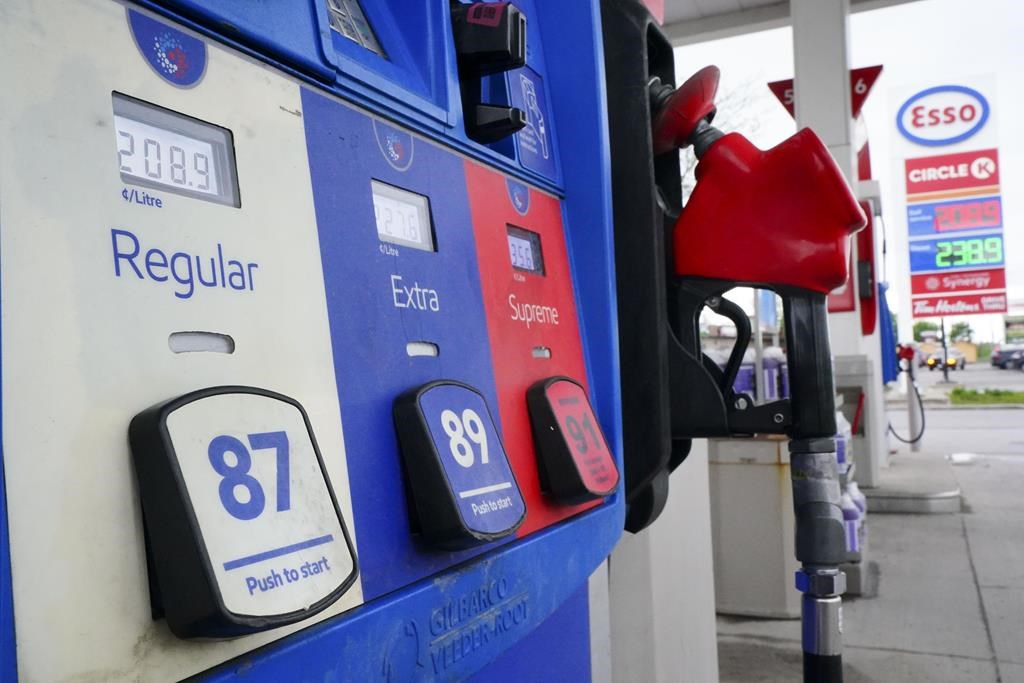COVID-19 screening measures to be introduced at airports
Posted May 20, 2020 3:08 pm.
Last Updated May 21, 2020 6:06 am.
EDMONTON (660 NEWS) — As some COVID-19 restrictions are eased in Alberta, the province is taking steps to reduce the chances of another outbreak spreading from international travel.
In the early days of the pandemic, the majority of cases originated from people arriving from outside of Canada and that led to governments closing down borders and reducing non-essential travel.
As the Alberta relaunch strategy takes effect, there will be some measures coming in place for airports and border crossings.
“We’re confident that travellers will understand that these actions are practical measures and reasonable inconveniences that are necessary to contain the virus,” Premier Jason Kenney said.
Starting today, there will be a new process for travellers. This includes going through a checkpoint and detailing how you get to an isolation location. A location can be provided if that's not possible. pic.twitter.com/MXboHGqjjg
— Tom Ross (@Tommy_Slick) May 20, 2020
Starting immediately, there will be checkpoints at the Calgary and Edmonton International Airports where incoming travellers have to detail their self-isolation plans as everyone returning from outside Canada must quarantine for 14 days.
People are expected to have a way to travel to a safe location without encountering other people in order to limit the spread of COVID-19.
In the event a traveller does not have sufficient plans, lodging could be provided by the province to ensure safety.
RELATED: Airports forecast $2-billion loss by June as travel halts amid COVID-19
The next phase of the strategy includes screening measures in airports and at the Coutts border crossing southeast of Lethbridge.
At these locations, travellers coming in will go through a thermal scanner to detect body temperature and determine if there are any signs of a COVID-19 infection.
Thermometers will also be used by Alberta Health Services staff for further confirmation, and then a next step will come into place if it seems like the traveller may have the virus.
“If somebody is found to have any of the key symptoms of COVID, there’s also the questionnaire asking people if they have a cough, sore throat, runny nose, shortness of breath, or fever and if they have any of those symptoms it will be part of the discussion to make sure that they have a safe way to get home for isolation,” added Chief Medical Officer of Health Dr. Deena Hinshaw.
Government officials will then follow up with travellers within three days to ensure they are following public health orders and have enough support.
Premier Kenney said these checks should only take a few minutes and will not severely delay anybody coming into the province.
There are no plans for inter-provincial screenings at the borders with British Columbia or Saskatchewan at this time, however, as Kenney said that doesn’t seem necessary and people are reminded that non-essential travel is not recommended anyway.
In addition to these measures, airports are also ordered to immediately step up cleaning procedures, installing more hand sanitizer units and enforcing physical distancing.
RELATED: Calgary airport to layoff one-third of staff
“Just as we adapted to other airport and border security patrols that have been put in place over many years in response to public security threats, we’ll adjust to these new ones. And our priority will always be to keep Albertans safe,” Kenney said.
Kenney did take some time to criticize what he felt was slow action by the federal government to close borders and limit international travel from COVID-19 hotspots, but credited the government for green lighting this plan.
He also spoke recently with B.C. Premier John Horgan who expressed support for the idea.
While air travel has dropped off significantly in the past few months due to the pandemic, several hundred people continue to fly in to Edmonton and Calgary on a weekly basis and Dr. Hinshaw said new COVID-19 cases are coming from some of them.
“That’s why it is so critical that anyone who is travelling respect that 14-day quarantine period when they return, because while we’re cautiously relaunching here and in other places, COVID is still out there,” she said.
Kenney added that there will have to be continued adaptation through the future in order to figure out ways to screen travellers without causing major disruptions so that air travel can return to a more normal state as it was before the pandemic struck.










